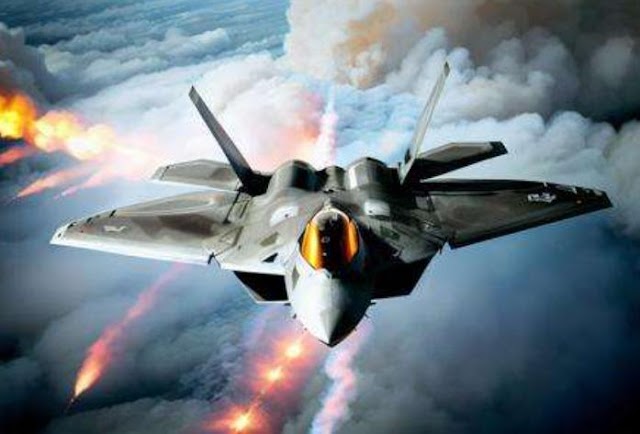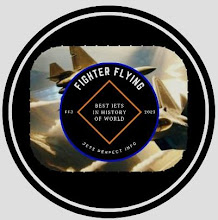Mitsubishi F-2 Multirole Fighter:
 |
| F-2 Mitsubishi |
Role
Multirole fighter
National origin
Japan / United States
Manufacturer
Mitsubishi Heavy Industries / Lockheed Martin
First flight
7 October 1995
 |
| F-2 Mitsubishi |
Primary user
Japan Air Self-Defense Force
Produced
1995–2011
Number built
98 (including 4 prototypes)[1]
Developed from
General Dynamics F-16 Fighting Falcon
Type
One-seat or two-seat multi-purpose fighter
Max Speed
1,321 mph/2,125 km/h
Max Range
518 nm/834 km
Dimensions
Span 36 ft 6 in/11.13 m, length 50 ft 11 in/15.52 m, height 15 ft 5 in/4.69 m
Weight
Empty weight 21,000 lbs/9,527 kg, max take-off weight 48,500 lbs/22,000 kg
Powerplant
One General Electric F110-GE-129 turbofan engine with 16,973 lbs static thrust without afterburner or 29,607 lbs with afterburner
F-2 Multirole Fighter Overview:
- Introduction:
- The Mitsubishi F-2 is a cutting-edge multirole fighter aircraft.
- Origins and Collaboration:
- Derived from the General Dynamics F-16 Fighting Falcon.
- Manufactured through a collaboration between Mitsubishi Heavy Industries and Lockheed Martin.
- Manufacturing Split:
- Production involves a 60/40 split between Japan and the United States.
-Design Basis:
The basis of design is the F-16 Agile Falcon, originally proposed by General Dynamics.
- Initially offered as a low-cost alternative for the Advanced Tactical Fighter (ATF) competition.
- Production Timeline:
- Production commenced in 1996.
- The first aircraft entered service in 200X (insert specific year).
F-2 Service and Technological Features:
- Service Entry:
- The first 76 aircraft entered service by 2008.
- A total of 98 airframes have been produced.
- Technological Milestone:
- Pioneering Achievement: The Mitsubishi F-2 introduced the first active electronically scanned array (AESA) radar on a combat aircraft in 1995 with the J/APG-1 system.
- Nickname: "Viper Zero"
- The F-2 is affectionately nicknamed "Viper Zero."
- This moniker is a nod to the unofficial nickname "Viper" associated with the F-16 and the iconic Mitsubishi A6M Zero.
Japanese Efforts for a Domestic Fighter Replacement
- Early Consideration (1981):
- The Japan Air Self-Defense Force (JASDF) and its contractors began contemplating a Japanese-designed, Japanese-produced successor for the aging Mitsubishi F-1 fighter as early as 1981.
- Feasibility Study (1985):
- A formal feasibility study was initiated in 1985, marking a crucial step in evaluating the potential for developing a replacement.
- Building on Success (F-15J):
- Japan's ambition to domestically develop the new aircraft was influenced by the successful production of the F-15J fighter under license from McDonnell Douglas.
- Skill Development Strategy:
- Japanese defense contractors asserted the necessity of starting from scratch to build a new aircraft. This approach aimed to foster the skill development of their engineers, subsequently boosting the Japanese aircraft industry.
F-2 Description:
The Mitsubishi F-2, a collaborative effort by Mitsubishi Heavy Industries and Lockheed Martin, is a multi-role fighter rooted in the General Dynamics F-16 Fighting Falcon. Manufacturing involves a 60/40 split between Japan and the United States, with production starting in 1996 and the first aircraft entering service in 200X.
This advanced fighter introduced the J/APG-1 active electronically scanned array (AESA) radar in 1995, marking a milestone in combat aircraft technology. By 2008, 76 F-2 aircraft were in active service, with 98 airframes produced.
Affectionately nicknamed the "Viper Zero," the F-2 pays homage to the F-16's unofficial nickname, "Viper," and the historical Mitsubishi A6M Zero, blending modern technology with historical influence.
The F-2's origins trace back to Japan's ambition to replace the Mitsubishi F-1 fighter. The concept emerged in 1981, with a formal feasibility study in 1985. Building on the success of producing the F-15J fighter, Japan aimed to develop a new aircraft from scratch, emphasizing skill development for engineers and growth in the Japanese aircraft industry. The F-2 thus symbolizes Japan's commitment to aerospace advancements, combining international collaboration and domestic technological prowess.










.jpeg)


0 Comments
If you have any doubts. Please let me know. I would be happy for your kind suggestion.